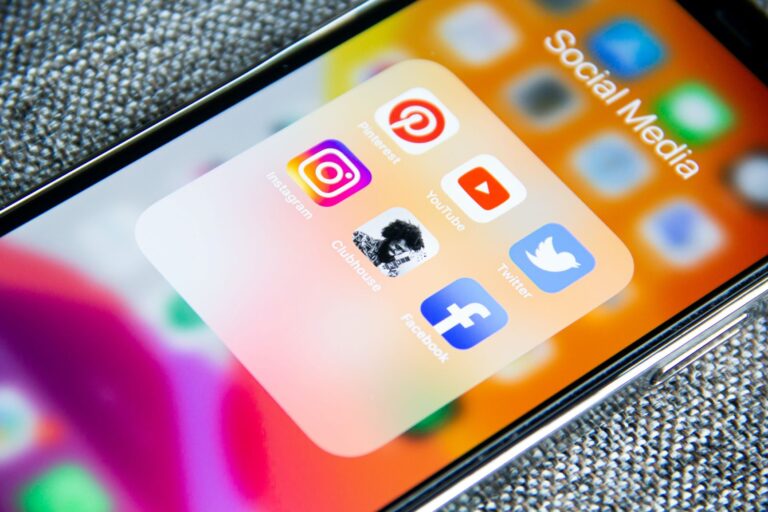The ‘wild west’ days of the internet may be over, but the current infrastructure is by no means devoid of controversy. Net neutrality, copyright issues, privacy concerns, and others remain hot-button issues. Less publicized, but still of major concern, is the issue of cybersquatting. In this post, we’ll take a closer look at what cybersquatting is, what companies do when they find themselves a victim, and how cybersquatting can be prevented.
What is Cybersquatting?
Cybersquatting refers to instances when “a person other than the owner of a well-known trademark registers that trademark as an internet domain name, and then attempts to profit from it either by ransoming the domain name back to the trademark owner or by using the domain name to divert business from the trademark owner to the owner of the domain name.” Typical victims include high-profile brands and businesses, as well as celebrities.
In the internet’s nascent days, businesses were less aware of the vast commercial potential that websites and e-commerce could bring. In the early, free-for-all years, some people began to register various potential domain names of large companies, (correctly) thinking they could profit from selling domain name rights back to the companies when they realized they would need an online presence. Hertz, Avon, Panasonic, and Fry’s Electronics were among the first to fall prey to this technique, and they subsequently paid the price to gain control over their domains.
The Anti-Cybersquatting Consumer Protection Act (ACPA) was signed into law by President Bill Clinton in 1999, making cybersquatting illegal while clarifying bad faith and legitimate use defenses. Trademark holders benefit from this legislation, which notes that “distinctive” and “famous” marks are likely protected when “identical or confusingly similar” names were registered “without regard to the goods or services of the parties.”
Signs of Cybersquatting
Domain names that do not redirect to real websites can be an indicator of cybersquatting, but cases are not always cut and dry. An under-construction website may be legitimate and innocuous, and trademarks do not guarantee protection depending on their use. Nolo describes the hypothetical example of a trademarked business called ‘Moby Dick’, which deals in whale-centric fine art. The trademark owner would not have a claim of cybersquatting against the owner of www.mobydick.com, if that business for instance sells road-cleaning machines. Instead, there may be a claim of trademark infringement to investigate.
Another sign of cybersquatting is when ad-filled websites sell services similar to those provided by the company in the domain. The 2013 case, Academy of Motion Picture Arts and Sciences v. GoDaddy.com Inc., provides a variant on this: someone “purchased several URLs that incorporated the ‘Oscar’ trademark, including oscarliveblogging.com and Oscarlist.com,” then used GoDaddy’s CashParking program to earn money for both the individual and GoDaddy by selling ads on the “parked” domains during Oscar season. The court ultimately “rejected [GoDaddy’s] safe harbor defense because that law only shelters parties that don’t profit – in any way – from an infringing URL.”
Potential Courses of Action
There are two options available should it be necessary to pursue action: suing under the ACPA or going to arbitration via the internet’s real estate regulator, ICANN (the Internet Corporation for Assigned Names and Numbers). Rather than immediately pursuing litigation, Nolo recommends using the WHOIS Lookup to find the name and address of a potentially conflicting domain, then contacting them directly to find “a reasonable explanation for the use of the domain name, or if the registrant is willing to sell you the name at a price you are willing to pay” – a good way to save on costly legal fees.
Fortunately, cybersquatting has declined in frequency. Today’s companies and celebrities are much savvier than in the past and recognize the importance of locking down variants of their domains. Legislation has also made cybersquatting a less common phenomenon, necessitated by a 2011 expansion of generic top-level domains from “.com and .org…to everything from promotional uses such as .pizza and .fries to the less savory .xxx. and .sucks.” In response, as of June 2015, ICANN “[allowed] celebrities and corporations the opportunity to pre-register names that are the same or sound similar to their trademarks before they become available to the general public.” Taylor Swift bought up multiple variants, as did Microsoft, to protect from future incidences.
While cybersquatting has not (and will likely never be) completely eradicated, the mix of a more knowledgeable populace and focused legislative action has deterred many would-be cybersquatters. Businesses, public figures, and more should remain vigilant, however, of the risks and potential courses of action available to them in the event of a cybersquatting incident.







